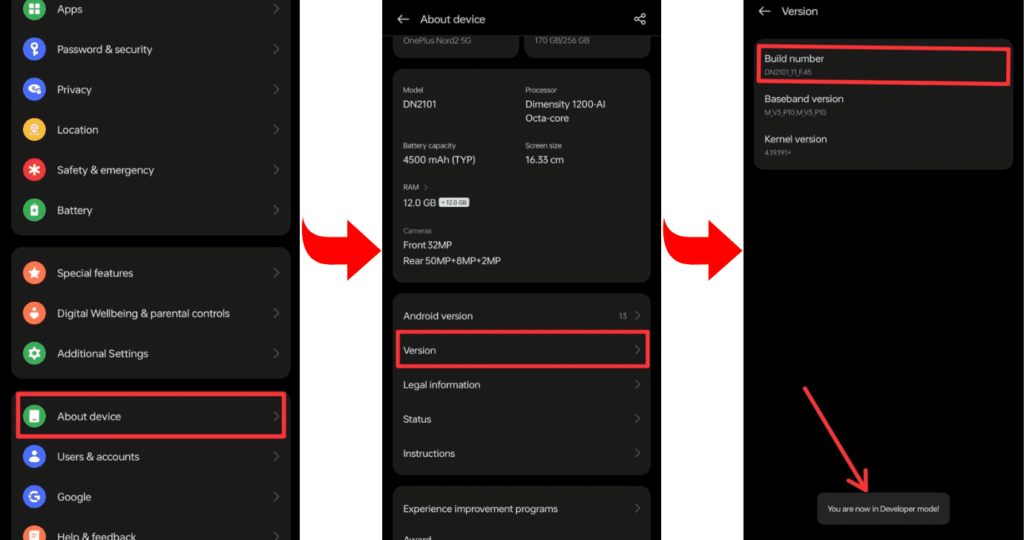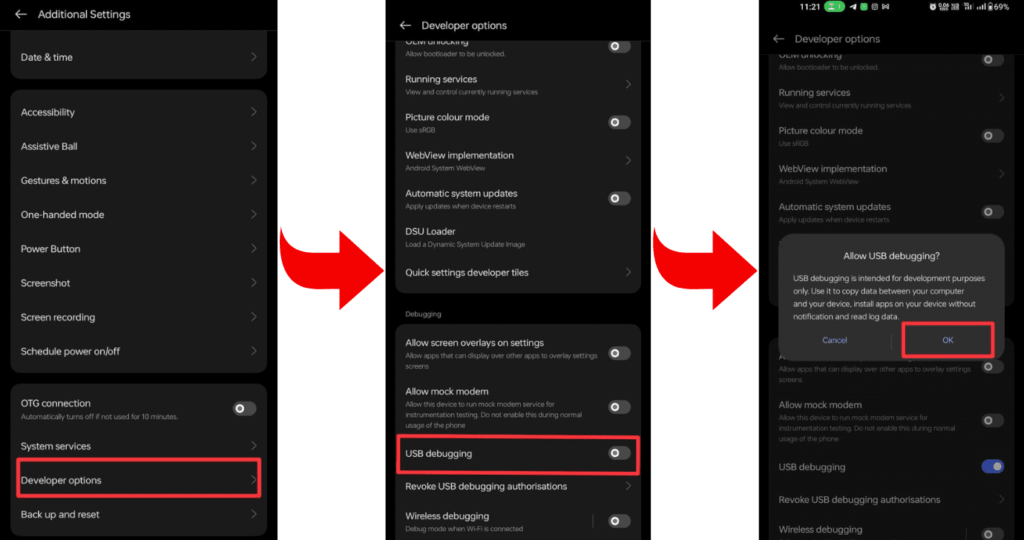Today we’ll teach you how to unlock the bootloader on Samsung Galaxy A51. To unlock the bootloader, you have to follow the given instructions properly. If you’re new to this path, then you should know that the bootloader allows you to bypass the restrictions set by the developers, customize the device, and get superuser rights and other actions too. In this guide, you’ll learn all about bootloaders.
What is Bootloader?
The bootloader can be called the health area of your computer or mobile device. Just as the body needs a heart to function properly, these electronic devices also need a bootloader to start properly. A bootloader is the initial software used to load an operating system, such as Windows, Linux, or Android. It can be understood as a type of screwdriver that serves to move the equipment into the correct position so that it can perform your required functions correctly.
Why do people unlock the bootloader?
There can be many reasons for unlocking the bootloader. First of all, it is a kind of technically open game that gives users more control over their devices. Unlocking the bootloader allows you to access your phone’s OS and install your favorite custom ROMs and mods. Additionally, unlocking the bootloader also provides users with the opportunity to customize their device, supporting it as per their date, style, and needs.
What are the advantages of unlocking the bootloader?
- Freedom and Control: Unlocking the bootloader gives the user full control over their device. He can make more decisions and adjust them to his liking than through his smartphone or tablet.
- Custom ROM Installation: Unlocking the bootloader allows the user to install custom ROMs on their device. This allows users to personalize their devices with new and exclusive features.
- Emulate battery life and performance: Unlocking the bootloader allows the user to customize it to improve battery life and performance.
- Enhanced Device Security: Unlocking the bootloader allows the user to enhance the security of their device in their own way and use custom security measures.
- Development and tweaking opportunities: Unlocking the bootloader gives the user more opportunities to develop and build their device, creating new and unique features.
What are the disadvantages of unlocking the bootloader?
- Loss of Warranty: Unlocking the bootloader may jeopardize the warranty of your device.
- Security Threat: An unlocked bootloader can weaken the security of your device.
- Objectionable Software: An unlocked bootloader allows you to install unauthorized software, which can lead to security issues.
- Update Blockage: An unlocked bootloader may cause problems when installing official updates.
- Data Loss: The device may lose data before unlocking the bootloader.
Prerequisite
- First, you enable developer mode on your device and unlock the OEM features.
- You need an original USB cable to attach to the PC.
- You need to download and install ADB and Fastboot Tools to run commands.
- Take a full backup of your all-important data.
- Make sure your device’s battery is charged to more than 95%.
Warning: Kindly don’t forget to back up all of the crucial information on your device. When the procedure is finished, all data will be erased.
Let’s Unlock Bootloader on Samsung Galaxy A51
There are multiple methods for unlocking a smartphone’s bootloader, depending on the model. In case you’re searching for a more conventional approach, the one mentioned below could be the most suitable choice. We are going to unlock the bootloader on your Samsung Galaxy A51.
- Open Settings > Go to About Phone > Click on Software Info.
- Now find the build number and “click on it” until developer mode becomes active.

- Go to Developer Mode and allow OEM unlock and USB debugging.

- Now install the required ADB and Fastboot tools on your laptop or PC.
- Now connect your smartphone to your PC or laptop through a USB cable.
- Open the command prompt on your PC or laptop.
- To verify that your smartphone is properly connected to your PC or not, type a command on cmd: “adb devices.”
- To check whether the bootloader is working on your device, type the command “adb reboot bootloader.”
- Type the command “fastboot oem unlock” to complete the process.
- Wait while the bootloader unlocking process is complete, and then restart the device with the “fastboot reboot” command.
- Wonderful! Your Samsung Galaxy A51’s bootloader has been successfully unlocked. You can now utilize all of the features on your device.
Related post: How to Root Samsung Galaxy A51
Frequently Asked Questions (FAQs)
Ans. LineageOS itself doesn’t lock bootloaders; it’s an aftermarket firmware. Bootloader status is usually managed independently. You’ll need to follow device-specific procedures or use manufacturer tools to lock the bootloader after installing LineageOS if supported.
Ans. Magisk typically requires an unlocked bootloader for root access and system modifications. Using it on a locked bootloader might not be possible. Before installing, make sure your bootloader is unlocked. You can use Magisk to root your device and make other improvements.
Ans. Rooting provides elevated privileges on the operating system, allowing customization and access to system files. Unlocking the bootloader is a separate process that enables flashing custom software, like custom ROMs or recoveries. Rooting often follows unlocking to achieve deeper customization on Android devices.
Final Thoughts:
So, guys, today’s article was very straightforward, and we hope that you have understood our guide well and have completed the process of unlocking the bootloader on Samsung Galaxy A51. If you have any questions about unlocking the bootloader, you can ask us through the comment box or email. That’s all for today’s short guidance. Thank you.